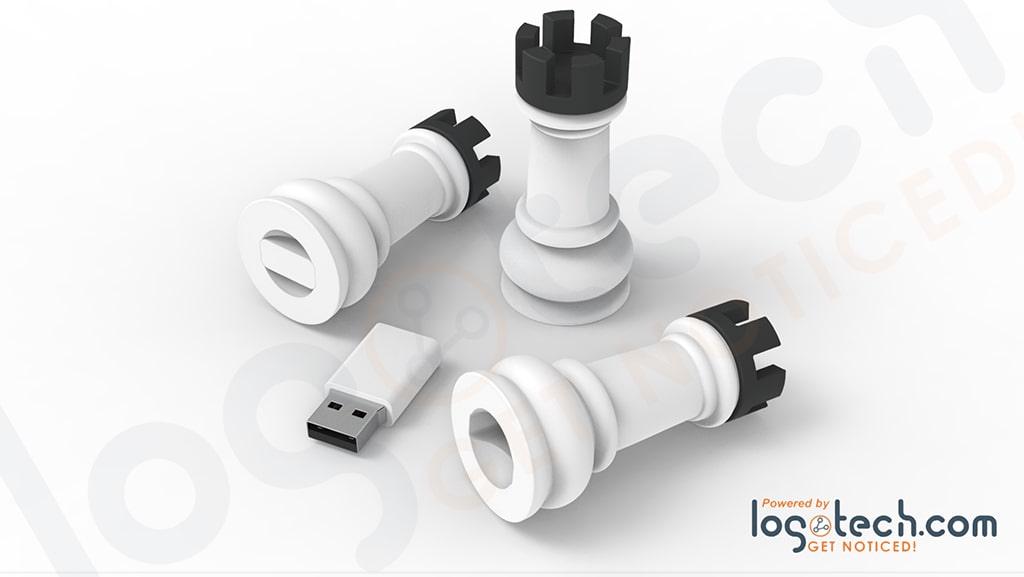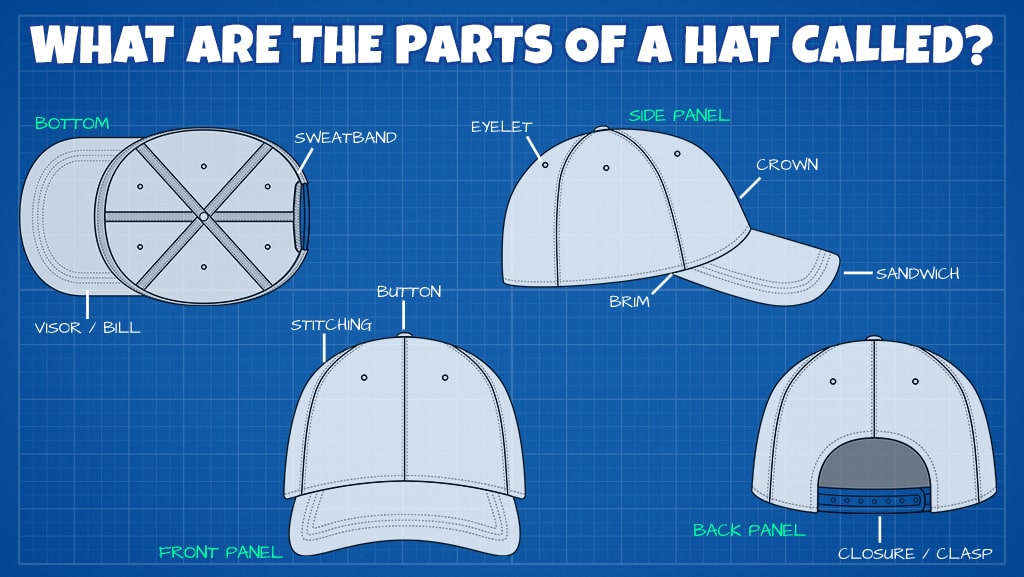
SpaceX Moon Launch and Apollo 7 USB Flash Drive
Listening to the radio this morning, I thought I was listening to a rebroadcast from July 1969. Talk about a launch planned from Cape Canaveral, Florida, with a lunar lander expected to reach the moon.
Set for the evening of February 21, this landing will take a bit longer than the original Apollo missions (three days from launch to landing). The timeline for this lander is to reach the moon's surface in 40 days. The lander is expected to survive for just three days before the sun's heat kills it.
But the SpaceX project also has three parts to the mission: dropping off an Asian communications satellite, an Air Force research payload, and sending the lunar lander from an Israeli company.
Fewer than a handful of countries have ever, successfully, landed anything on the moon. What makes this mission even more spectacular is the Israeli company, SpaceIL, is a nonprofit. SpaceX's Falcon 9 rocket is designed for reuse the first-stage booster rocket is set to land a few minutes after the launch.
The entire mission cost around $100 million. In comparison, the Apollo program cost, in today's dollars, $100 billion.
To really put how things have changed since 1969, let's also consider that Apollo 11's guidance computers had less computing power by several factors than our smallest USB flash drive.
Or even less memory than we installed for this Apollo 7 lander USB flash drive. This was a request by Washington State University, host of the National Space Grant Foundation which also celebrates its 50th year in 2019.
So, Elon Musk, if you want something else to launch into space for your next rocket test, call us. If you want to create a USB drive to let clients, students and customers know you are an innovator, visit our custom USB page to get started.








